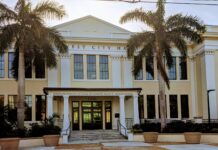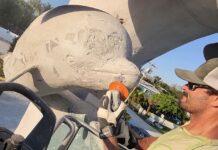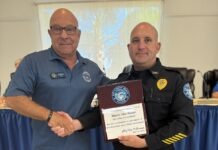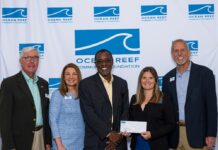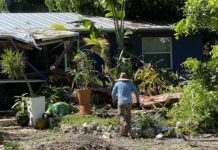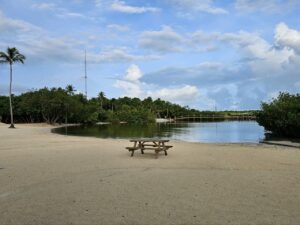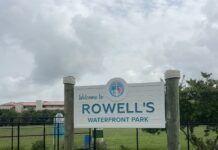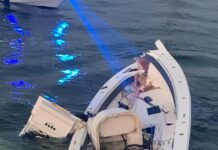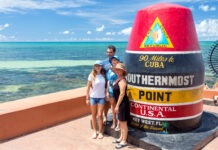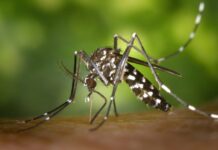Amped-up efforts to find the source of a coral disease that has been spreading through South Florida reefs for the last four years have been fruitless, and it’s getting worse.
Sarah Fangman, superintendent of the Florida Keys National Marine Sanctuary, told Monroe County commissioners at their meeting last week that the now-named stony coral tissue loss disease is showing “rapid progression and high rates of mortality” among Florida Keys corals.
It’s the same disease reported by the Weekly in May, when it did not yet have a name.
“We’re not seeing any evidence of it slowing down. Typically, outbreaks do not last this long and it is unfortunately continuing to move down our reef tract and is off Looe Key,” Fangman said.
There are 216 miles of reef in the sanctuary, and it the reef is as important ecologically as it is economically, Fangman said, adding that it provides 70,000 jobs and $6.4 billion in sales income in South Florida.
Back in late 2014, coral disease incidents were reported near Key Biscayne by staff of the state Department of Environmental Protection and area scientists. In a year’s time, nearly 55 linear miles of reef experienced widespread disease, according to the environmental agency. By 2016-17, the disease continued to spread as far north as Palm Beach County and south to Lower Matecumbe.
“Corals are animals and, like humans, they experience disease,” Fangman said. “Right now, we’re seeing a very considerable increase in the number of species experiencing disease and almost half of the species on our reef tract are susceptible to stony coral tissue loss disease.”
Big Mama, a large coral head that lived for more than 300 years near Fort Lauderdale, succumbed to the disease in just four months.
“It’s very concerning because these corals are the ones that have survived every other stress before. We’re losing some of the really important and resilient corals and their genetic contribution to the population,” she said.
Only stony corals are affected by the disease.
A sizable effort has been ongoing to find the source of the disease, which appears as a white circle around diseased tissue in the center. The whitening that happens with this particular disease is actually coral tissue dying, not to be confused with bleaching, which is caused by photosynthetic algae leaving the coral.
Commissioners were alarmed by Fangman’s presentation and agreed the sanctuary should seek help from the Tourism Development Council to bring in worldwide interest and help. The sanctuary is working with Florida Department of Environmental Protection and dozens of partners in taking a multi-faceted approach.
“It is an aggressive, coordinated response to identify the pathogen and experiment with a variety of management strategies to combat it,” Fangman said.
“This is very alarming and I think it’s imperative for us to make sure that our contacts with our representatives in Washington understand the potential ramifications of something like this,” said Commissioner George Neugent.
